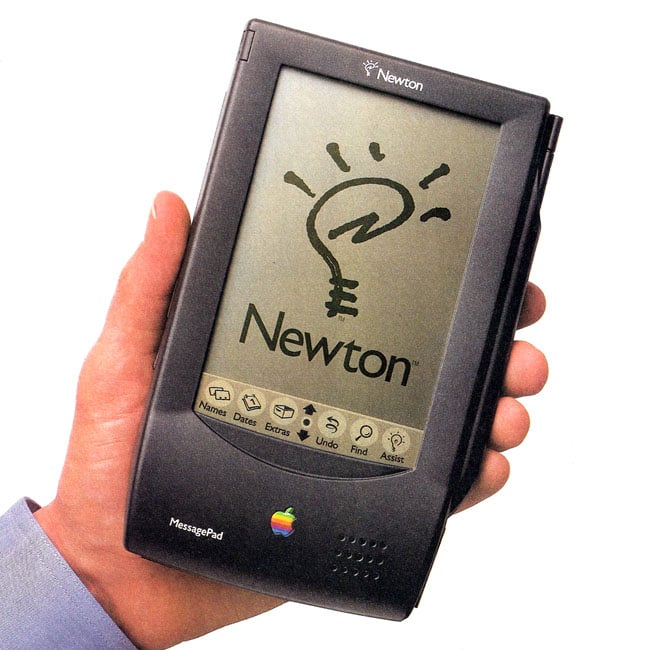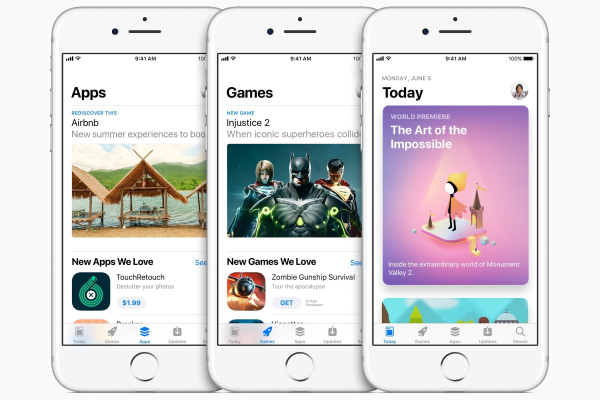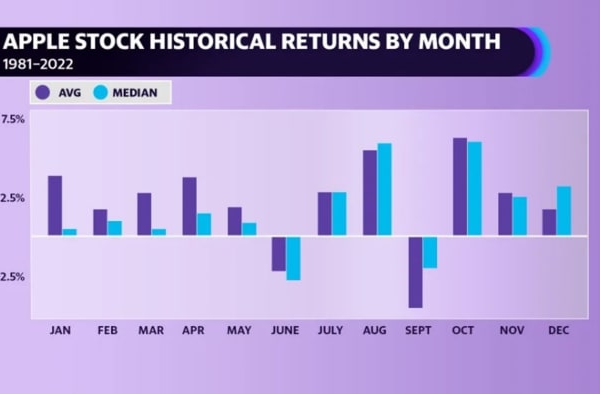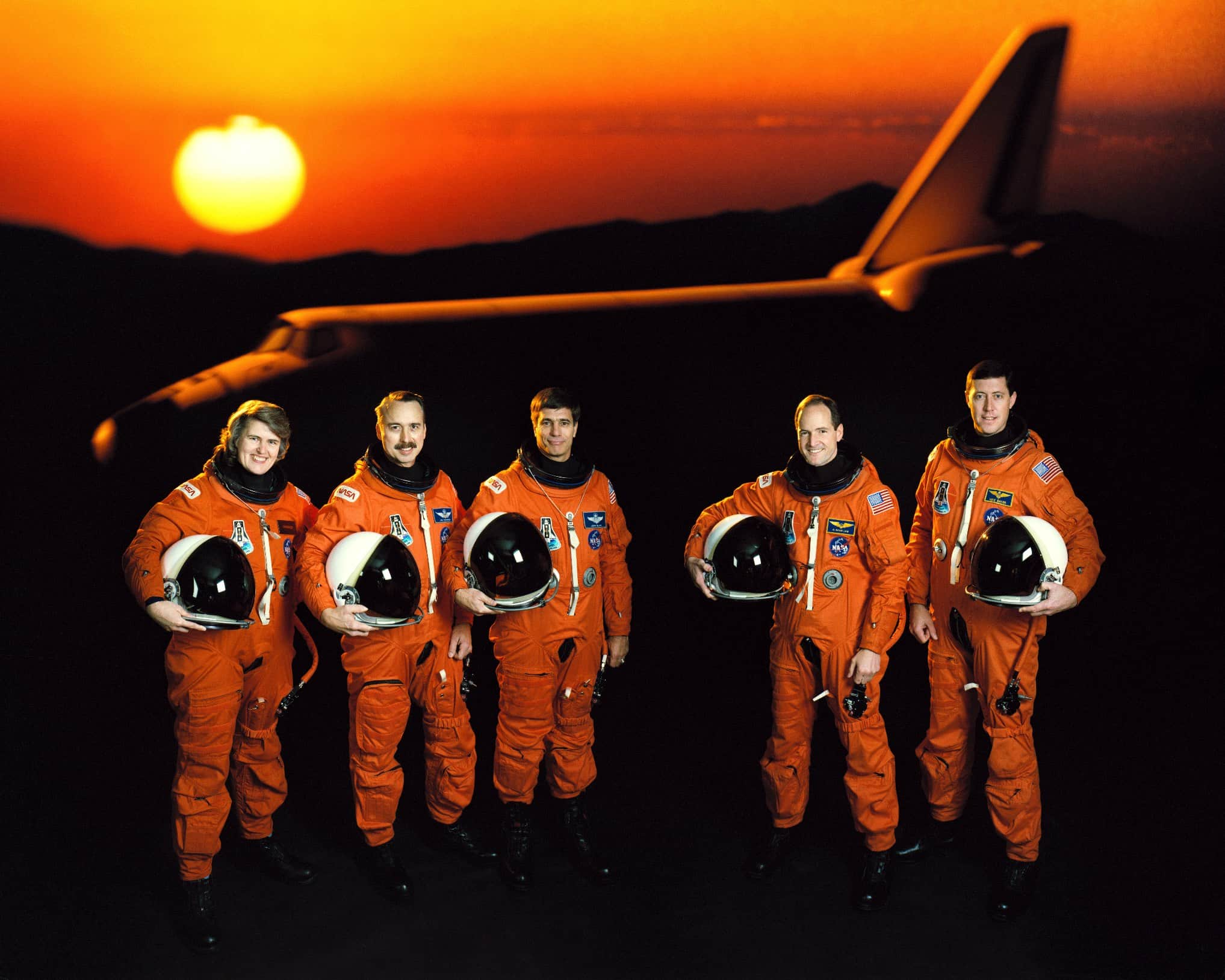Apple Newton MessagePad: A Look at Its Troubled History

The Apple Newton MessagePad, a remarkable innovation launched in 1993, marked a bold attempt by Apple in the realm of handheld devices, specifically personal digital assistants (PDAs). With vision centered around creating a powerful tool for personal organization, the Newton was expected to reshape the landscape of mobile technology. However, despite the excitement surrounding its introduction, the Apple Newton struggled with crucial flaws, particularly its acclaimed yet problematic handwriting recognition feature. The project faced scrutiny as it became associated with Apple’s failures in the mid-90s, particularly following the departure of Gaston Bastiaens, the executive behind its development. As a notable chapter in Apple PDA history, the Newton MessagePad serves both as an example of ambitious innovation and the cautionary tale of the brand’s tumultuous journey in the technology market of 1994.
The Newton handheld device, often hailed as the precursor to modern smartphones, represented Apple’s ambitious venture into the world of portable computing. With features that aimed to streamline everyday tasks, this pioneering personal data assistant was initially perceived as a revolutionary gadget. However, despite its advanced technology, the device faced numerous challenges that ultimately led to its commercial downfall, making it a focal point in discussions about Apple products from 1994 and the company’s struggles during that era. Analyzing the legacy of the Apple Newton MessagePad reveals deeper insights into the evolution of technology and how early missteps can influence a company’s trajectory. This narrative encompasses not just the failures associated with the Newton but also foreshadows the successes that would later emerge from Apple’s innovative spirit.
The Rise and Fall of the Apple Newton MessagePad
The Apple Newton MessagePad, launched in 1993, aimed to revolutionize personal computing by introducing a new category of devices known as PDAs. Spearheaded by Gaston Bastiaens, the product was positioned as a competitor to the Macintosh, with hopes of redefining user interactions with technology. The Newton, equipped with advanced features such as handwriting recognition, was initially a source of immense excitement both within Apple and the tech community. However, despite its visionary approach, the device faltered commercially due to its premature market release and functionality challenges.
As Apple ventured into the PDA market, the Newton faced scrutiny, especially with its handwriting-recognition feature that drew criticism and ridicule, tarnishing its reputation. Reports indicate that Gaston Bastiaens departed from Apple following the device’s lackluster performance, highlighting the challenges Apple faced in the mid-1990s. Despite subsequent improvements made to the Newton’s software and hardware, the device never achieved the financial success anticipated, leading to its eventual discontinuation by Steve Jobs.
Gaston Bastiaens: The Man Behind the Newton
Gaston Bastiaens, an influential figure in Apple’s history, joined the company from Philips Electronics with high hopes for the Newton MessagePad. As the general manager of Apple’s personal interactive electronics division, he sought to carve out a niche for Apple in the emerging PDA market. His innovative vision was met with significant obstacles, particularly regarding the Newton’s handwriting recognition technology, which was often criticized and became a focal point for its failure. This hurdle ultimately led to Bastiaens’ early departure from Apple, where many believed he was the scapegoat for the product’s shortcomings.
Bastiaens’ subsequent career had its own challenges, including a controversial stint at Lernout & Hauspie Speech Products, which resulted in serious legal troubles and allegations of fraudulent financial practices. His legacy remains intertwined with the history of Apple products from 1994 onward, as the Newton’s ambitious introduction paved the way for future innovations in touch-based mobile technology, despite its initial failure. Bastiaens’ departure from Apple marked a notable turning point, illustrating the pressures faced by leaders in the tech industry during transformational periods.
Impact of the Apple Newton on Future Technologies
The legacy of the Apple Newton MessagePad extends far beyond its commercial performance; it laid the groundwork for subsequent devices, influencing the design and functionality of later Apple products. Despite being discontinued, the concepts explored within the Newton, including the use of touch interfaces and stylus interactions, became fundamental elements in the development of the iPhone and iPad. These innovations carved a new trajectory for personal electronics, steering Apple toward becoming a leader in mobile technology.
While the Newton itself did not achieve the level of success anticipated by Apple, its influence is evident in how users interact with technology today. The transition from the Newton’s stylus-based input to the more refined touch interfaces of modern devices demonstrates the evolution of user preferences and technology design. Apple’s experience with the Newton MessagePad serves as a crucial chapter in the history of PDA technology and a lesson in the importance of timing and market readiness in launching groundbreaking products.
The Cultural Reception of the Apple Newton
The public reaction to the Apple Newton MessagePad was marked by mixed sentiment, heavily influenced by cultural references that skewed perceptions of the device. Prominent satirical portrayals, such as those found in the *Doonesbury* comic strip and on *The Simpsons*, highlighted the shortcomings of the Newton’s handwriting recognition, embedding these critiques into the public consciousness. Such cultural commentary played a significant role in shaping consumer opinions and ultimately impacted the product’s market performance.
The combination of innovation and ridicule illustrated the challenges Apple faced in marketing the Newton MessagePad. While the device symbolized a forward-thinking approach to technology, its flaws became fodder for comedic commentary, making it difficult for consumers to separate the technological vision from its execution. This cultural context not only hindered the Newton’s acceptance in the marketplace but also emphasized the importance of public perception in the success or failure of new technology introductions.
The Legacy of Apple’s Handheld Innovations
The Apple Newton MessagePad was initially heralded as a groundbreaking device in the realm of handheld technology, and although it did not achieve commercial success, its impact is undeniable. Many historians and tech enthusiasts consider the Newton a pioneer in mobile technology, notable for its attempts at features like wireless connectivity, a stylus interface, and an app-like ecosystem, foreshadowing the capabilities found in modern mobile devices. This early venture into the PDA market has led to ongoing conversations about handheld devices and their functionalities.
Apple’s journey with the Newton not only serves as a cautionary tale but also as a testament to the potential of handheld technology. It paved the way for a deeper exploration into user-centered design, embedding features now commonplace in smartphones and tablets. In a sense, the lessons learned from the Newton have contributed to Apple’s current identity as a leader in innovation, illustrating how the company transitioned from early missteps to the successful development of devices that have reshaped the landscape of personal technology.
Analyzing the Handwriting Recognition Challenges
The handwriting recognition technology of the Apple Newton MessagePad was one of its most ambitious features, aimed at revolutionizing how users interacted with their data. However, the implementation of this technology was problematic, leading to widespread criticism and a perception of ineffectiveness among consumers. Users often found the recognition capabilities inconsistent, which became a significant source of frustration. As a result, this feature overshadowed the device’s other innovations and significantly hindered the market reception of the Newton.
To understand the failure of the handwriting recognition technology, it’s important to consider the technological limitations of the early 1990s. The algorithms used to interpret handwritten input were still in their infancy, unable to adapt to individual writing styles effectively. The negative public perception, amplified through cultural commentary, cemented the Newton’s reputation as a flawed product, leading to skepticism surrounding other features. As Apple worked to refine the technology, it became increasingly clear that the stakes were high, with the Newton’s commercial fate hanging in the balance.
The Strategic Decisions Leading to Newton’s Discontinuation
The discontinuation of the Apple Newton MessagePad in 1997 under Steve Jobs marked a significant shift in Apple’s strategy toward mobile devices. Upon rejoining Apple, Jobs implemented a series of strategic changes aimed at refocusing the company on its core product lines. The Newton, despite its innovative potential, was viewed as a drain on resources with limited commercial viability. This decision reflected Jobs’ emphasis on streamlining Apple’s offerings and delivering products that aligned with consumer demand.
Jobs recognized that while the Newton paved the way for future developments, it ultimately failed to capture the hearts of mainstream users in the way that Apple’s later products would. Dropping the Newton also allowed Apple to concentrate on refining concepts that resonated with consumers, which ultimately led to the creation of the iPhone and iPad. This pivotal change illustrated how sometimes, letting go of a product that does not align with market expectations can unlock new pathways for innovation in technology.
Nostalgia for the Newton: A Reflective Analysis
In retrospect, the Apple Newton MessagePad is often viewed with a sense of nostalgia, as an early attempt at handheld technology that was ahead of its time. Tech enthusiasts and historians recognize the visionary aspects of the Newton, celebrating its pioneering features and the ambitious vision that led to its creation. Despite its criticisms and eventual discontinuation, nostalgia persists among those who appreciate the risks Apple took in developing the device, often viewing it as a precursor to the mobile revolution.
This reflective lens encourages a deeper appreciation for the evolution of personal technology. The journey of the Newton MessagePad serves as a reminder of the challenges innovators face when introducing untested concepts to the market. As technology continues to evolve, the spirit of exploration and aspiration embodied by the Newton remains relevant, motivating a new generation of developers and designers to dream big and challenge the status quo.
Frequently Asked Questions
What was the significance of the Apple Newton MessagePad in Apple’s product lineup?
The Apple Newton MessagePad, launched in 1993, was significant as it represented Apple’s first foray into the handheld PDA market. It was intended to be a revolutionary product similar to how the Macintosh transformed personal computing. Developed under the leadership of Gaston Bastiaens, it aimed to establish a new category of personal interactive electronics.
Who was Gaston Bastiaens and what role did he play in the development of the Apple Newton MessagePad?
Gaston Bastiaens was the executive in charge of Apple’s personal interactive electronics division, responsible for overseeing the development of the Newton MessagePad. He attempted to position the Newton as a flagship product for Apple but ultimately left due to the device’s commercial failure, particularly its flawed handwriting-recognition technology.
What led to the failure of the Apple Newton MessagePad despite its innovative features?
The failure of the Apple Newton MessagePad can be attributed to various factors, notably its problematic handwriting-recognition technology, which drew negative public attention through media portrayals. Although subsequent updates improved its functionality, the device did not achieve the sales needed to be deemed successful, leading to its discontinuation after Steve Jobs’ return to Apple.
How did the Apple Newton MessagePad influence future Apple products?
Despite its failure, the Apple Newton MessagePad laid the groundwork for future Apple innovations, particularly the concept of an app-based mobile device with a touch interface. This vision paved the way for the development of the iPhone and iPad, transforming the landscape of mobile technology.
What was the cultural impact of the Apple Newton MessagePad’s handwriting-recognition technology?
The handwriting-recognition technology of the Apple Newton MessagePad became the subject of public satire, notably featured in comic strips like Doonesbury and on popular shows such as The Simpsons. These portrayals negatively influenced the public’s perception of the device, overshadowing its capabilities and contributing to its undeserved reputation.
What were the key developments in the Apple Newton MessagePad after its initial launch?
After its initial launch, the Apple Newton MessagePad underwent several hardware and software updates that improved its functionality markedly. However, these enhancements did not arrive in time to reverse its initial commercial struggles and subsequent discontinuation.
What is the legacy of the Apple Newton MessagePad within the context of Apple’s history?
The legacy of the Apple Newton MessagePad is that it symbolizes Apple’s ambition to pioneer new technology in the handheld market. Although it did not achieve commercial success, it served as a precursor to modern mobile devices and is often remembered as a visionary attempt in Apple’s product history.
| Date | Key Events | Significance |
|---|---|---|
| April 19, 1994 | Gaston Bastiaens departs from Apple | His exit marked a turning point for the Newton MessagePad’s development. |
| August 1993 | Newton MessagePad launched at Macworld | Represented Apple’s ambitious entry into the PDA market. |
| Post-1997 | Discontinuation of Newton by Steve Jobs | Signaled the end of the Newton era but laid the groundwork for future Apple devices like the iPhone. |
Summary
The Apple Newton MessagePad was a bold venture into the realm of personal digital assistants that ultimately struggled to achieve commercial success. Launched in 1993, it faced significant challenges, including issues with handwriting recognition that tarnished its reputation. Despite its innovative design and vision, the product never became the hit Apple had hoped for and was ultimately discontinued by Steve Jobs in 1997. However, its legacy continued to influence the development of future touch-based devices, marking the beginnings of what would eventually evolve into the iPhone and iPad.
You may also like

iOS App Store Success: A Milestone in Digital Distribution


First Email from Space: The Macintosh Portable’s Legacy
Archives
Calendar
| M | T | W | T | F | S | S |
|---|---|---|---|---|---|---|
| 1 | 2 | 3 | 4 | 5 | 6 | 7 |
| 8 | 9 | 10 | 11 | 12 | 13 | 14 |
| 15 | 16 | 17 | 18 | 19 | 20 | 21 |
| 22 | 23 | 24 | 25 | 26 | 27 | 28 |
| 29 | 30 | 31 | ||||